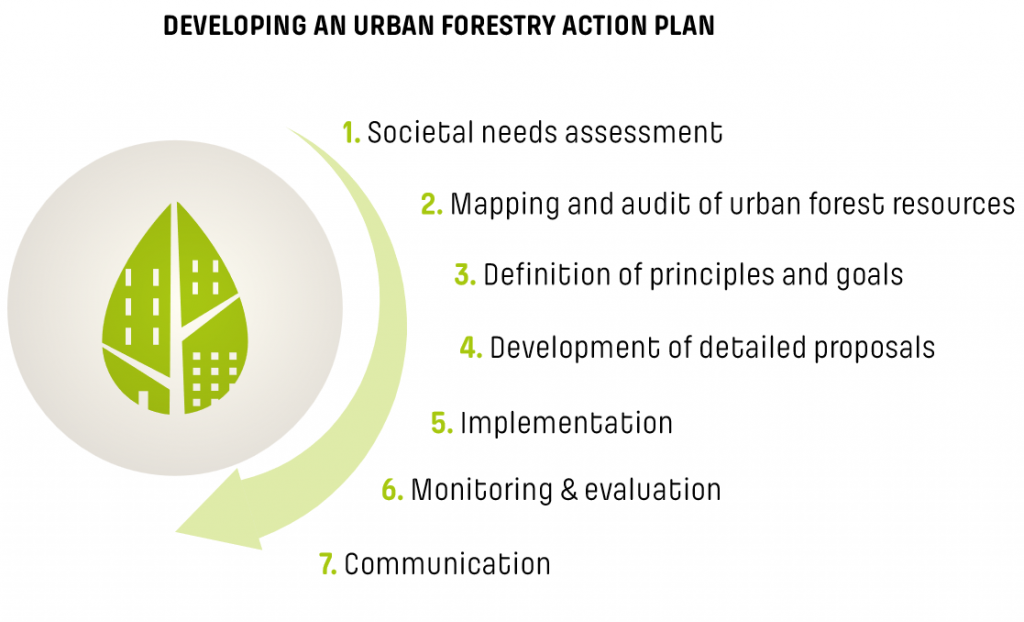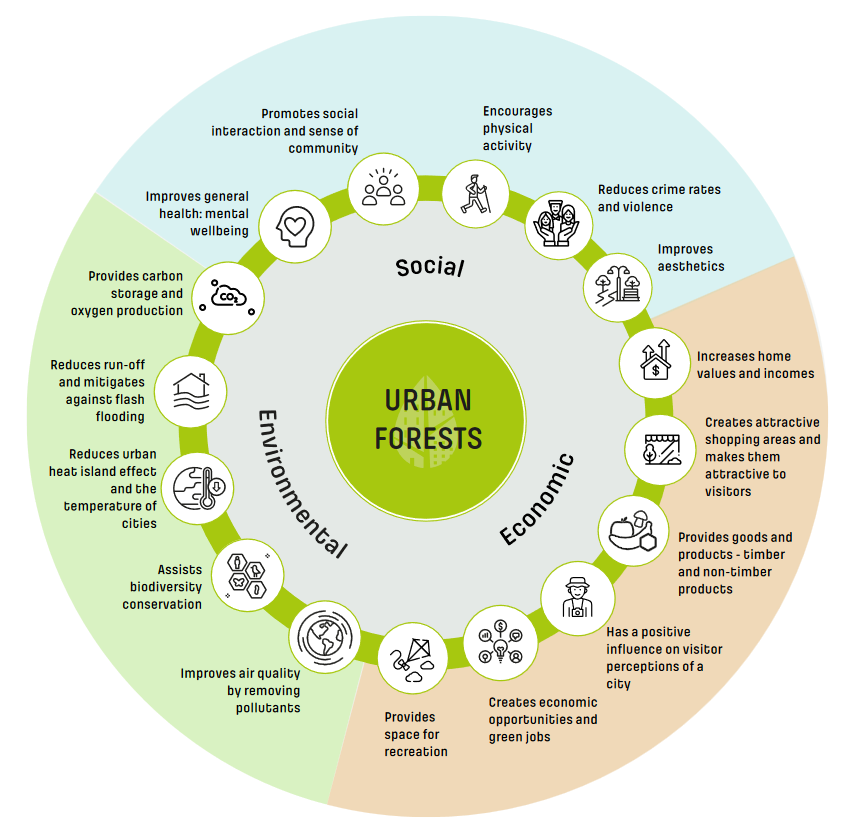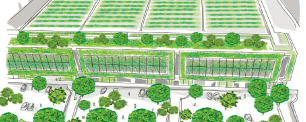An urban forest behind the scenes: Uforest's seven steps for greening cities
The gardens of Babylon, considered one of the seven wonders of the ancient world, are said to be the result of romantic lucubration. Although they may never have existed - in the absence of archaeological evidence to the contrary - they are a source of inspiration for innovative urban greening projects, such as the Bosco Verticale in Milan. They also serve as an excuse to ask ourselves what needs would have motivated the creation of these mythical nature-based solutions and how the challenges of their management would have been addressed: Where would they have obtained water for irrigation? What ecosystem services would they favour? Would they have contributed to the local economy? How would they deal with invasive species? What perceptions would society have? Would they have been a privilege accessible to a few? Would all citizens have been involved in their care?
'Unlocking the Potential of Urban Forests: Developing a Local Urban Forestry Action Plan' is the third and final report published by Uforest, an Erasmus+ project waving the flag of innovation to create healthy and resilient cities through urban forests. After discovering the training needs in urban forestry and the socio-environmental challenges of filling cities with trees, Uforest culminates its research with a practical guide especially useful for policy makers and city government managers that explores, with a holistic vision, topics such as:
- The social, environmental and economic benefits of urban forests.
- Integrating long-term planning, governance and management.
- Linking various management sectors, such as health, social equity or climate action.
- Communicating with diverse social groups.
Designing a contemporary 'Babylonian garden'
With contributions from CREAF researcher Corina Basnou, the guide proposes planning, designing, implementing and maintaining urban forests in seven steps:
- Diagnose social needs by interest groups.
- Mapping urban and peri-urban green spaces.
- Define principles and objectives according to social needs and existing conditions.
- Develop the action plan.
- Implementation.
- Monitoring and evaluation.
- Communication.

And who pays for all this?
A chapter devoted to the cost-benefit ratio of urban forests describes the concepts related to tree planting and maintenance, general management and public access infrastructures: from land-use agreements to project management and information campaigns.
The multidimensional perspective of urban forestry projects - social, cultural, ecological, economic - favours the diversification of sources and forms of funding, such as sharing budgets from various administrative departments, philanthropic activities, volunteering or the involvement of non-governmental organisations.
As an added value, he exemplifies with three cases the multiplier effect of investing in urban forests in terms of energy savings, reduction of storm runoff, improvement of general and mental health, among other benefits.








